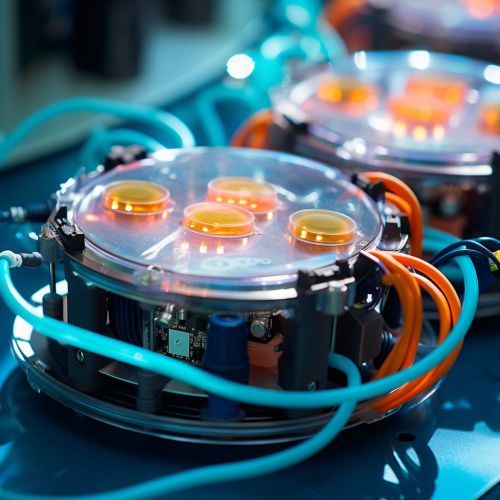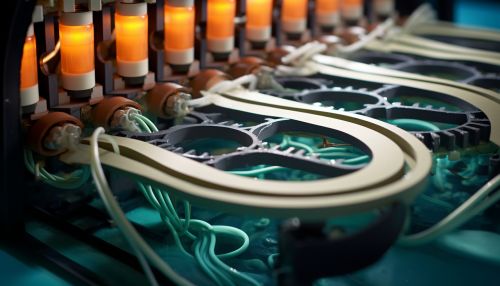The Role of Microbial Desalination Cells for Water Purification
Introduction
Microbial Desalination Cells (MDCs) are a recent development in the field of environmental biotechnology, offering a novel approach to water purification. They are bio-electrochemical systems that utilize the metabolic activity of microorganisms to simultaneously treat wastewater and desalinate saline water. This article will delve into the role of MDCs in water purification, discussing their mechanism, benefits, challenges, and potential applications.


Mechanism of Microbial Desalination Cells
The operation of MDCs is based on the principles of microbial fuel cells (MFCs), which generate electricity from the oxidation of organic matter by microorganisms. MDCs consist of three compartments: an anode, a cathode, and a middle desalination chamber. The anode compartment contains a biofilm of electroactive bacteria that oxidize organic matter in the wastewater, releasing electrons and protons. The electrons are transferred to the anode and then to the cathode through an external circuit, while the protons migrate through a proton exchange membrane (PEM) to the cathode compartment. The cathode compartment is filled with aerated water, where the electrons, protons, and oxygen combine to form water.
The middle desalination chamber is separated from the anode and cathode compartments by ion exchange membranes (IEMs). When the system is operating, the anode and cathode compartments generate an electrical potential difference, which drives the migration of salt ions from the desalination chamber through the IEMs, thus desalinating the water.
Benefits of Microbial Desalination Cells
MDCs offer several advantages over conventional desalination and wastewater treatment methods. Firstly, they combine the processes of wastewater treatment and desalination into a single system, reducing the complexity and cost of water purification. Secondly, they operate at ambient temperature and pressure, which significantly reduces energy consumption compared to thermal desalination methods such as distillation. Thirdly, MDCs generate electricity during operation, which can be used to offset some of the energy costs of the system.
Challenges and Future Directions
Despite their potential, MDCs face several challenges that need to be addressed to make them a viable solution for large-scale water purification. These include the low desalination efficiency, the high cost of ion exchange membranes, and the difficulty of maintaining a stable biofilm in the anode compartment. Future research in this field should focus on improving the performance and cost-effectiveness of MDCs through the development of new materials and operational strategies.
Conclusion
Microbial Desalination Cells represent an innovative approach to water purification, combining wastewater treatment, desalination, and electricity generation into a single system. While there are challenges to be overcome, the potential benefits of MDCs make them a promising technology for sustainable water management in the future.
